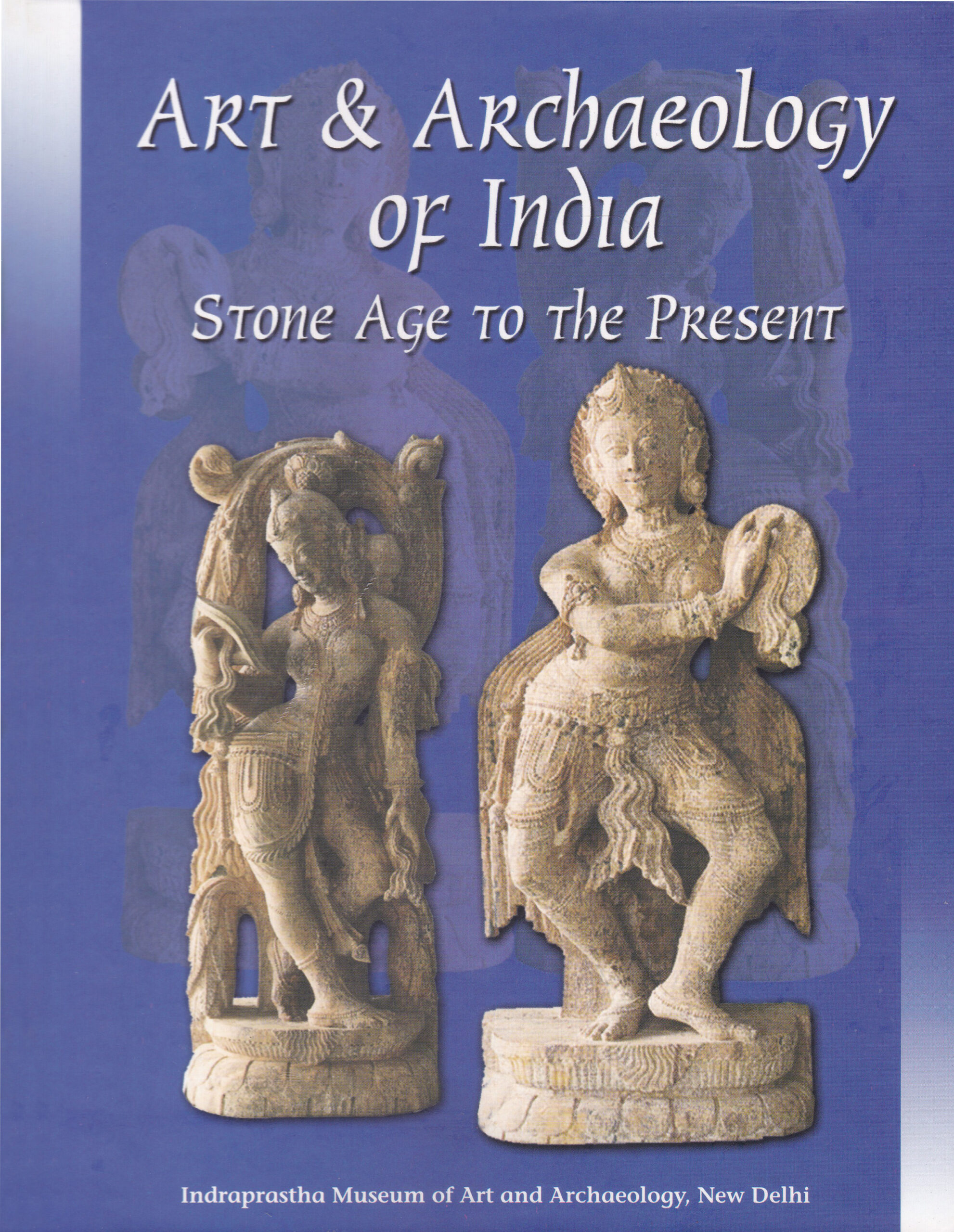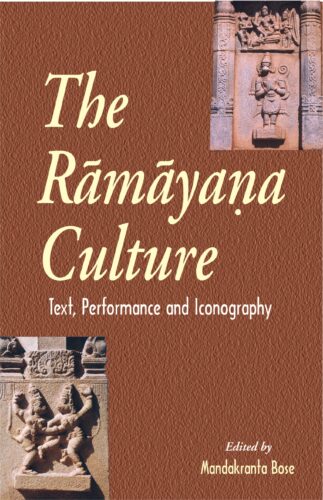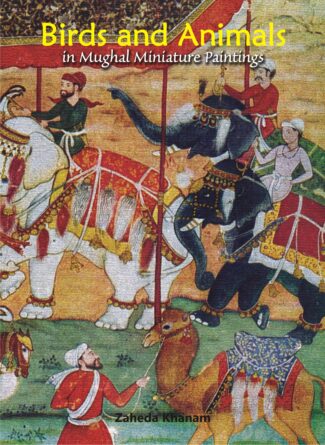

Indigenous Character...
Indigenous Characteristics of Mughal Architecture
by: R. NathThe book deals with evolution of Mughal architecture (ad 1526 to 1658) and explains the distinct characteristics of Mughal art the use of architectural material by the Mughals, their roofing techniques, their dome and the special features of the Mughal jharokha. Prof. Nath delves into the concepts and customs the Mughal architecture involved, discussing examples of monuments in detail.
Original price was: ₹180.00.₹162.00Current price is: ₹162.00.
ISBN: 9788124602560
Year Of Publication: 2004
Edition: 1st
Pages : 76
Bibliographic Details : 32 B/w photos; 4 Coloured photos
Language : English
Binding : Paperback
Publisher: D.K. Printworld Pvt. Ltd.
Size: 22 cm.
Weight: 150
It deals, extremely briefly, with the evolutionary process of Mughal Architecture, practically from Babur to Shah Jehan (1526 to 1658 ad). Instead of being an exotic phenomenon, as it is largely misunderstood, Mughal Architecture, like the Gupta art, was deeply rooted in the soil and it grew and developed not only on indigenous forms and techniques, but also on its concepts, customs and beliefs. It was owing to the decisive participation of native sources, in its development, that such a wonderful monument as the Taj Mahal could be built in India, and nowhere else. The Land, the People and the Culture have made it what it is, which is why it is so diametrically different from any other art of Islam. Written in a simple language, without the research jargon, and adequately illustrated, the book gives an authoritative appraisal of the subject with landmark examples.
Preface
Abbreviations
List of Illustrations
1. Introductory
2. Mughal Architecture : A Court Art
3. Secularization of Architecture
4. Mughal Tomb and the Concept of Rauzah
5. The House of Unitary Pillar
6. Mughal Jharokha
7. Native Forms and Techniques
8. The Taj Mahal : Its Environment
Index










